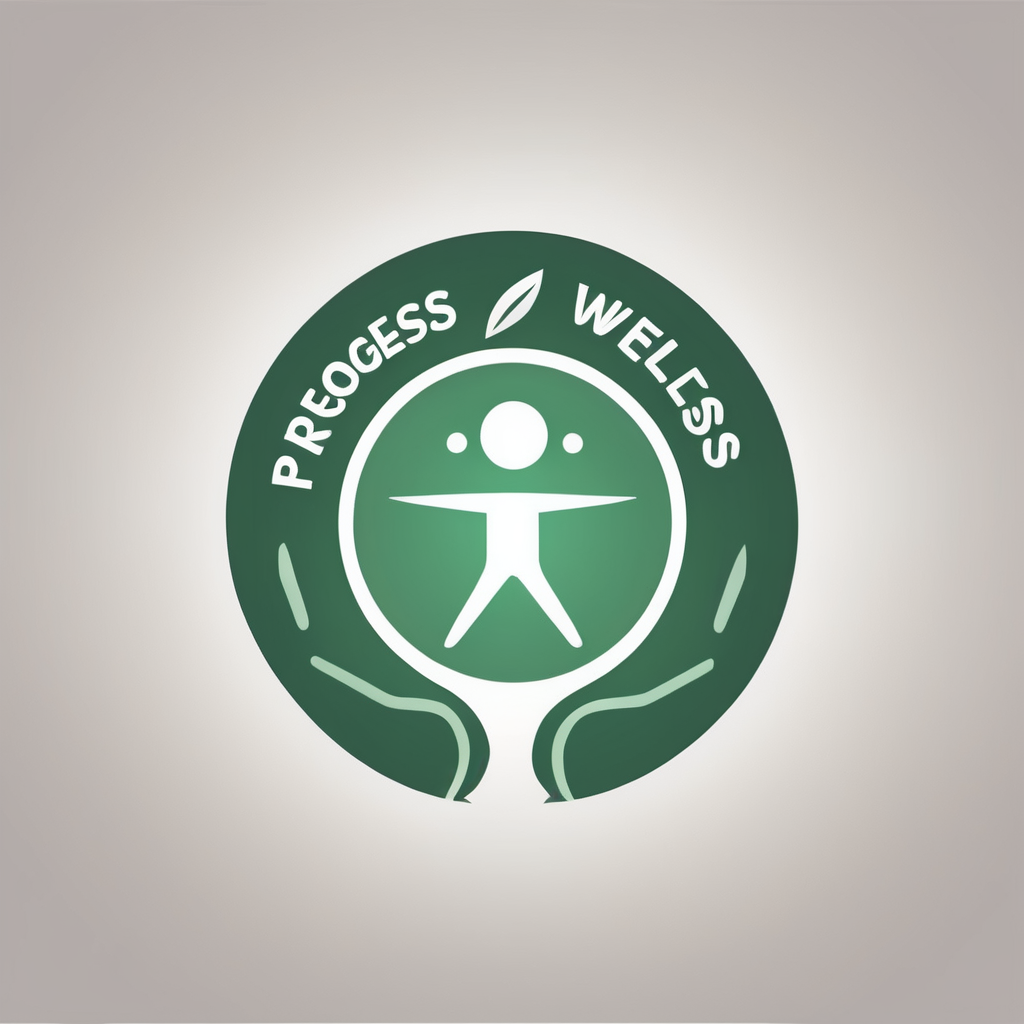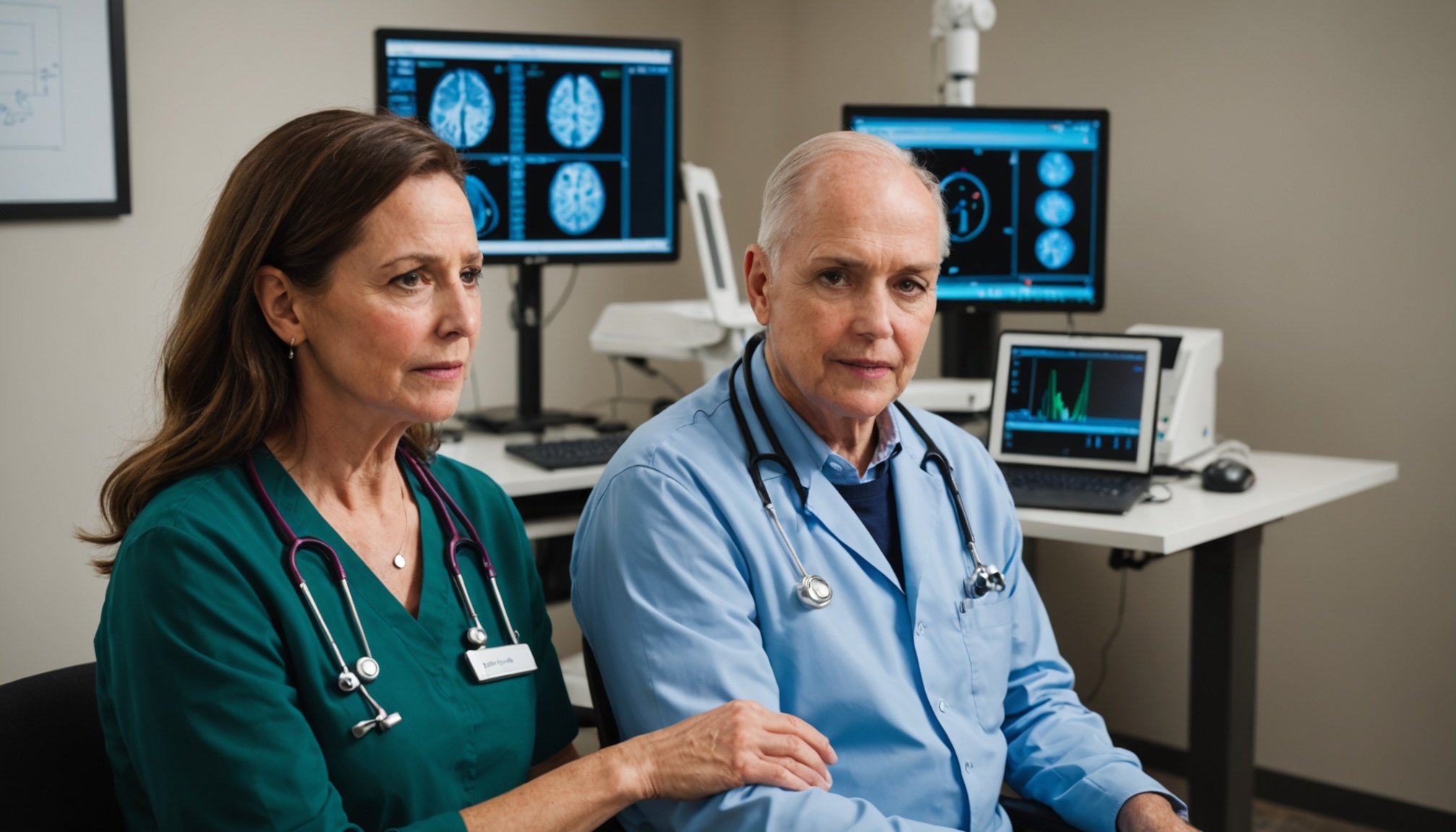Overview of Technology-Driven Stroke Recovery Therapies
In recent years, technology-driven therapies have become pivotal in advancing stroke recovery. By leveraging stroke recovery innovations, patients have experienced significant improvements in regaining mobility and cognitive functions. These rehabilitation technologies offer a fresh approach to therapy, enhancing recovery rates and efficiency.
Rehabilitation technology encompasses various tools and techniques—from robotic aids to virtual reality simulations—all designed to boost patient outcomes. These innovations not only improve the quality of care but also personalise the rehabilitation process, making it more adaptable to individual needs. Crucially, technology is integrated into therapy to monitor progress in real-time, allowing clinicians to tweak plans according to each patient’s unique recovery trajectory.
Also to read : Unleashing wellness: how regular jazzercise transforms adult mental and physical health
Additionally, the importance of technology is evident in its ability to motivate patients through interactive and engaging platforms. This promotes a proactive attitude towards recovery, ultimately leading to better results. The utilisation of these advanced tools has proven especially beneficial in remote settings, where patients may not have access to in-person care frequently.
By embracing these technological advancements, healthcare providers can ensure more consistent and comprehensive care, encouraging patients to hope for more effective recovery paths.
Additional reading : Unlocking joy: how regular ballroom dancing elevates seniors’ physical and emotional health
Innovations in Stroke Rehabilitation Technology
Technological advancements in stroke recovery innovations have revolutionised patient rehabilitation practices. These cutting-edge technologies are designed to significantly improve patient outcomes and make therapy more accessible and engaging.
Virtual Reality (VR) Applications
Virtual Reality (VR) offers immersive simulations that enrich rehabilitation experiences. Studies have shown that VR can effectively enhance cognitive and motor skills in stroke survivors. Through interactive exercises, patients report increased motivation and a sense of fun in their therapy sessions, contributing to consistent improvement.
Robotics and Exoskeletons
Robotic aids like exoskeletons play a vital role in mobility recovery. These devices provide precise, monitored assistance, allowing patients to practice walking and movement in a controlled environment. Research indicates that exoskeleton users frequently surpass recovery rates achieved through traditional therapies, showcasing the efficacy of robotic interventions.
Telemedicine and Remote Monitoring
The rise of telemedicine has broken access barriers, ensuring that patients receive continuous support. Remote monitoring tools keep healthcare providers informed of patient progress in real-time, facilitating timely adjustments to therapy plans. As a result, patients maintain engagement in their recovery journey, with increased satisfaction and outcomes.
Evidence Supporting Technology-Driven Therapies
Recent research studies have shed light on the remarkable efficacy of technology in stroke recovery, presenting compelling evidence of its benefits. Numerous studies have shown that patients using technology-driven therapies often achieve better outcomes than those relying on traditional methods. Statistical data consistently highlights improvements in mobility, cognitive functions, and overall recovery timelines, underscoring the substantial impact of these innovations.
To illustrate, research indicates that integrating rehabilitation technology, such as robotic aids and virtual reality, leads to enhanced patient engagement and motivation. This is reflected in faster recovery rates, where patients achieve milestones more swiftly compared to conventional approaches. Such outcomes highlight the importance of technology in transforming rehabilitation practices, paving the way for more personalised care.
Continuous research is paramount in furthering the application of technology in therapy. Ongoing studies aim to refine existing methods and explore new innovations, ensuring therapies remain at the forefront of medical advancement. By embracing evidence-based practices, healthcare providers can offer more effective and tailored solutions. With technology as an ally, the path to recovery becomes more hopeful, making it crucial for continuous development in this field.
Patient Testimonials and Experiences
Understanding patient journeys is vital to appreciate the full scope of technology in therapy. Patients who have utilised technology-driven treatments often share transformative stories. Consider a patient using VR for rehabilitation; they recount a vivid experience of regaining dexterity through engaging, interactive environments. This often sparks hope and motivation, illustrating the effectiveness of such advances.
Case Studies of Successful Recoveries
Several compelling case studies highlight the benefits of technology-driven therapies. For instance, a stroke survivor using robotic exoskeletons to enhance mobility described improved walking abilities. This progress contrasts with previous experiences using traditional therapies, emphasising technology’s impact.
Overcoming Challenges in Recovery
Recovery is fraught with challenges, yet technology offers tailored solutions. A common obstacle is sustained motivation, where interactive platforms play a crucial role. Many patients note how virtual reality and telemedicine have kept them engaged, transforming potentially monotonous rehabilitation into a dynamic pursuit.
Individualised Patient Experiences
Every patient’s journey is unique, and technology enables personalised care. Testimonies often reveal a newfound sense of autonomy. Through remote monitoring tools, patients feel actively involved, receiving timely support and oversight from clinicians. These stories underscore the potential of technology to revolutionise recovery paths, fostering optimistic outlooks.
Future Trends in Technology-Driven Stroke Recovery
The future of rehabilitation technology is vibrant, with numerous trends in stroke therapy emerging. These ongoing innovations promise to amplify the effectiveness of patient care, showcasing a future where recovery is not only efficient but personalised. As technology progresses, we can expect more integrative approaches combining different sectors and expertise.
Predictions for Technological Advancements
The development of AI-driven personalised therapy is gaining traction. By analysing extensive patient data, AI systems can craft highly customised rehabilitation plans, enhancing recovery prospects. Furthermore, wearable technology is set to become more sophisticated, providing real-time feedback and adaptable support to improve patient autonomy and engagement.
Emerging Therapies and Research
Current research developments focus on integrating biotechnology with traditional engineering, leading to more seamless recovery aids. Neuroprosthetics and brain-computer interfaces are among the cutting-edge innovations being explored to regain lost motor functions. These advancements highlight the intersection of biology and digital technology, paving the way for more nuanced recovery strategies.
Role of Interdisciplinary Collaboration
Interdisciplinary teamwork is pivotal in driving these technological breakthroughs. By combining insights from medicine, engineering, neuroscience, and psychology, the potential for developing comprehensive recovery solutions amplifies. This collaboration is essential in meeting the evolving needs of stroke survivors through adaptable and practical therapies.

